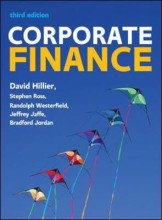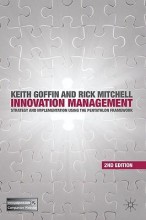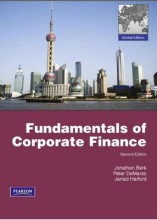Summary: Corporate Finance: European Edition: European Edition | 9780077173630
- This + 400k other summaries
- A unique study and practice tool
- Never study anything twice again
- Get the grades you hope for
- 100% sure, 100% understanding
Read the summary and the most important questions on Corporate Finance: European Edition: European Edition | 9780077173630
-
12 The cost of equity capital
This is a preview. There are 18 more flashcards available for chapter 12
Show more cards here -
When should a firm choose to invest in a new project rather than pay out dividends?
If the expected return on the project is greater than that of a financial asset with comparable risk -
How can you calculate the expected return on a security/ cost of equity capital?
The CAPM formula: Re = Rf + ß x (Rm - Rf)
With Rf = risk-free rate
Rm -Rf = market risk premium
ß = company beta -
How do you calculate the beta of a security?
By taking the standardised covariance of its return with with the return on the market portfolio: ß i = (cov(Ri,Rm)) / Var(Rm) = sigma i,m / sigma m squared -
What 3 problems do betas serve?
1. They may vary over time
2. The sample size may be inadequate
3. Betas are influenced by changing financial leverage and business risk -
How can the 3 beta problems be solved?
1. Problems 1 and 2 can be moderated by more sophisticated statistical techniques
2. Problem 3 can be lessened by adjusting for changes in business and financial risk
3. Look at average beta estimates of several comparable firms in the industry -
What is the characteristic line of a security?
A line with the slope ß, that plots the monthly returns of a security against the monthly returns of an index -
What is the guideline for choosing between the company ß and the industry ß?
If you believe that the operations of the firm are similar to the operations of the rest of the industry, you should use the industry ß. If you believe the operations are fundamentally different from the industry, use the company's ß. -
What 3 factors are taken into consideration when calculating a security's ß?
1. Cyclical nature of revenues
2. Operating leverage
3. Financial leverage -
Why does a firm with a high standard deviation need not have a high beta?
Because cyclicality is not the same as variability. -
What does a high operating leverage mean?
That a technology has lower variable costs and higher fixed costs
- Higher grades + faster learning
- Never study anything twice
- 100% sure, 100% understanding

































